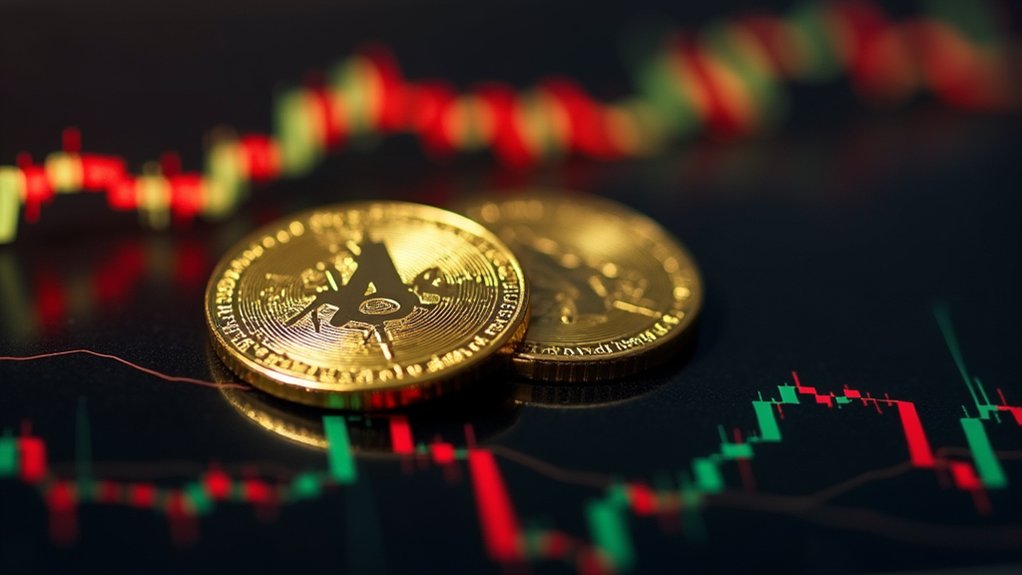The Blackhole Protocol, positioned as a beacon of decentralized finance on Avalanche, boldly claims to unify liquidity across DeFi, gaming, and AI sectors with a capital-efficient, trustless framework—yet beneath its polished veneer lies a complex tokenomics labyrinth that demands scrutiny, especially given its dual veNFT governance model that simultaneously promises community control and permanent token burning, challenging traditional notions of supply dynamics while daring skeptics to question whether such mechanisms genuinely serve long-term holders or merely mask the inevitable pressures of market realities. At the heart of this intricate design lie NFT incentives engineered to seduce long-term locking of $BLACK tokens, divided between Singularity veNFTs, which grant time-locked voting power and rewards, and the more radical Supermassive veNFTs, which permanently burn tokens for seemingly inviolable governance rights. This governance dynamic, far from a straightforward democratic mechanism, flirts with an illusion of empowerment, as permanent token destruction might appear benevolent but effectively consolidates control among the most committed holders, potentially disenfranchising newer participants or casual stakeholders who find themselves locked out of meaningful influence. The promise of “trustless” management rings hollow when the system’s very architecture enshrines scarcity through irreversible burns, a double-edged sword that could either stabilize value or constrict liquidity to the detriment of market fluidity. Furthermore, these NFT incentives, while cleverly designed to reward loyalty and participation through emission shares and fee distributions, raise the question whether they truly foster equitable growth or simply create a gated oligarchy under the guise of community governance. Blackhole’s innovative use of Genesis Pools also plays a crucial role in mitigating early liquidity challenges by enabling project deposits matched by the community, enhancing initial market depth and participation Genesis Pools. Additionally, the protocol’s composable, feature-rich architecture integrates innovations from Curve, Velodrome, and Uniswap v3, tailored specifically to Avalanche’s ecosystem, reinforcing its position as a central liquidity hub. In essence, Blackhole Protocol’s governance dynamics, adorned with veNFT sophistication, demand vigilance rather than blind acceptance, as the seductive narrative of decentralized control clashes with the stark realities of tokenomics engineered to privilege a select few, all under the Avalanche ecosystem’s watchful eye. This rise takes place amid a broader cryptocurrency landscape where surging adoption is driving confidence and expanding market influence globally.
Author
Tags
Share article
The post has been shared by 0
people.









